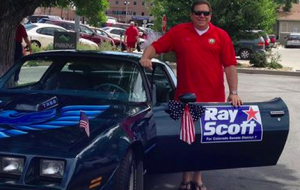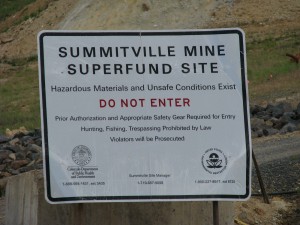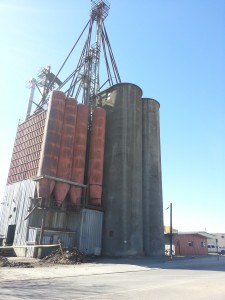
Colorado Rep. Ray Scott proudly poses with a hot sports car while Mesa County’s poorest women and children go without health insurance
Colorado House Rep. Ray Scott may love fetuses, but he doesn’t care much about women and apparently doesn’t think much of kids, either.
Besides being a chronic no-show at election-time debates sponsored by the League of Women Voters, in January of 2012 Ray Scott co-sponsored HB1130, a bill titled “Penalties for Violent Offenses Against Fetuses.” The bill’s very title ignores the fact that typically the woman surrounding the fetus would be the primary recipient of any violent acts perpetrated against the fetus. But in Ray Scott’s mind, women matter less than their fetuses.
Ray Scott even supported a fetal personhood amendment in the past. Such proposals are among the ultimate affronts to women, since they are religiously-based efforts that would make it a crime for women to use some forms of contraception, in accordance with Mr. Scott’s own personal religious beliefs.

















